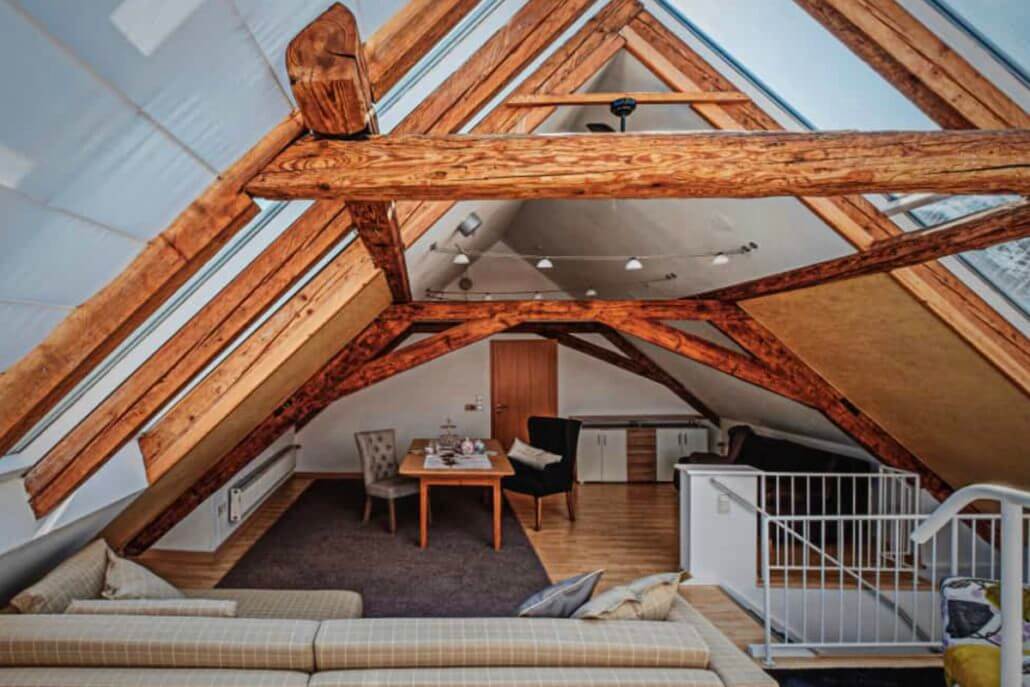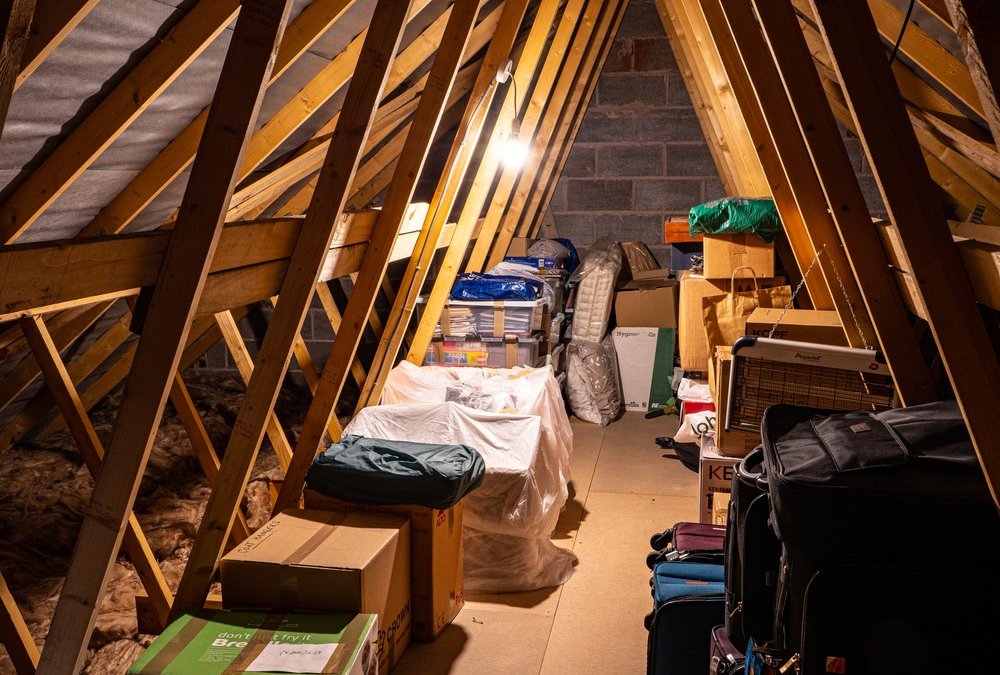
In the UK, with its unpredictable weather and diverse landscapes, ensuring good TV signal reception can sometimes be a challenge. This is where loft aerials come into play. While traditional outdoor antennas have been the go-to solution for decades, an increasing number of households are now considering loft aerials as a viable alternative. This consideration arises from several factors, such as aesthetics, protection from the elements, and ease of installation. Let’s delve into the pros and cons of loft aerials and provide some useful installation tips for those contemplating this option.
Understanding Loft Aerials
Before we explore the advantages and disadvantages, it’s essential to understand what loft aerials are. Simply put, a loft aerial is a television antenna installed inside the roof space of a house, rather than on the exterior. This placement can offer numerous benefits but also comes with its set of challenges.
The Pros of Loft Aerials

Protection from the Weather
The primary advantage of a loft aerial is its protection from the UK’s frequently harsh weather. Outdoor aerials are exposed to wind, rain, snow, and UV radiation, which can degrade materials over time, leading to performance issues or the need for replacement. A loft aerial, safely housed inside, is shielded from these elements.
Easier Installation
Installing an aerial in the loft is generally more straightforward than mounting one externally. There’s no need to climb onto the roof, which not only makes the installation safer but also quicker. This can be a significant advantage for DIY enthusiasts or those looking to save on professional aerial installation costs.
Aesthetic Appeal
For those concerned about the visual impact of a large aerial on their property, a loft aerial provides a discreet alternative. Hidden from view, it won’t alter the appearance of a building’s exterior, maintaining the aesthetic appeal of the property.
Reduced Vandalism or Theft Risk
An often-overlooked advantage is the reduced risk of vandalism or theft. External aerials can be targets for such acts, while loft aerials remain secure and out of reach.
The Cons of Loft Aerials

Reduced Signal Quality
The most significant disadvantage of loft aerials is the potential reduction in signal quality. Roof materials, especially metals, can interfere with signal reception. Additionally, the aerial’s positioning inside the loft means it’s further from the broadcast source and more likely to be obstructed by buildings or natural features.
Limited Positioning Options
The structure of your loft and the positioning of roof supports may limit where you can place an aerial for optimal reception. Unlike with external aerials, where positioning can be adjusted more freely to find the best signal, loft aerials are at the mercy of the internal architecture.
Potential for Interference
Electronic devices and wiring within a home can cause interference to the signal received by a loft aerial, which might not be as severe with an external aerial.
Installation Tips for Loft Aerials

Assess the Best Location
Before installation, it’s crucial to identify the best location within the loft for signal reception. This might involve some trial and error, moving the aerial to different positions and checking signal quality. Some digital TV signal finders or apps can help with this task.
Consider the Type of Aerial
Not all aerials are created equal. For a loft installation, a high-gain aerial might be necessary to compensate for the potential loss of signal strength. Consulting with a professional or doing thorough research on the specific needs of your area can guide this decision.
Avoid Metal Obstructions
Try to position the aerial away from large metal objects or infrastructure in the loft, as these can significantly interfere with signal reception.
Secure the Aerial Properly
Even though it’s indoors, ensuring the aerial is securely fixed is vital. This prevents movement that could misalign the aerial and affect the signal.
Test Before Final Installation
Before finalizing the installation, connect the aerial and test the signal on your TV. This allows you to make adjustments to the position if necessary, without having to redo all your hard work.
Consider Professional Help
While installing a loft aerial can be a DIY job, sometimes the specific challenges of your property or the surrounding area might make professional assistance a wise choice. Professionals can offer advice tailored to your situation and ensure optimal setup.
Closing Thoughts
Loft aerials present a compelling option for many households across the UK, offering a balance between aesthetics and functionality. While they might not suit every situation—particularly where high-quality reception is challenging—understanding their pros and cons is the first step in making an informed decision. With careful planning and, if necessary, professional guidance, a loft aerial can provide a reliable TV signal without compromising the appearance of your home.
Alex Jordan
Related posts
Stay connected
Today's pick
- The Importance of Professional Handyman Services for Your HomeYour home is your sanctuary, a place of comfort and security, but maintaining it can be a daunting task. From routine maintenance to unexpected repairs, there’s always something that needs attention. While many homeowners might be tempted to tackle these jobs themselves, not all tasks... The post The Importance of Professional Handyman Services for Your […]

